Top Cross-Platform Writing Apps in 2025 for Seamless Team Collaboration
With the increase in remote work, professionals and creative teams need reliable tools for seamless collaboration. In 2025, cross-platform writing apps have become essential for managing shared content, drafting proposals, and collaborating on documents across various devices. These apps simplify workflows by offering real-time feedback, version tracking, and cloud syncing, ensuring productivity remains uninterrupted. Whether you’re using macOS, Windows, or mobile platforms, today’s leading team writing software keeps your documents accessible anytime and anywhere. In this guide, we’ll explore the best options for modern teams, helping you choose the right platform to enhance your collaborative writing skills.

Why Cross-Platform Writing Tools Matter in 2025
The Shift to Remote and Hybrid Work Models
The transition to hybrid and remote work models has normalized digital collaboration. Teams are no longer confined to offices or desktops, necessitating tools that function across laptops, tablets, and smartphones. Cross-platform writing tools offer seamless syncing, allowing users to edit and access documents from various devices. This flexibility boosts productivity across different time zones and work environments. Whether working from home or on the go, collaborative writing apps keep teams aligned, provide timely updates, and enable real-time project management without compatibility issues.
Demand for Real-Time Collaboration and Accessibility
Modern teams demand instant access and sharing capabilities for files. Cross- platform writing tools deliver live editing, in-document comments, and change tracking to meet these expectations. These features eliminate the need for lengthy email chains or multiple file versions. For example, one team member can start a draft on a MacBook, while another edits it on a tablet. The ability to write and edit simultaneously increases productivity and reduces delays. The best tools prioritize accessibility, allowing you to work effectively regardless of your device or location. This ensures smooth collaboration, especially in fast-paced projects with substantial content.
Top Collaborative Writing Apps for Team Use
Google Docs – A Reliable Standard
Google Docs remains a trusted choice for collaborative writing. It supports real-time editing, commenting, and auto-saving in the cloud. As a browser- based tool, it’s platform-independent, functioning well on macOS, Windows, Android, and iOS. Teams can easily invite members to view or edit documents with different permission levels. Integrated with Google Drive, it simplifies document management and backup. Whether drafting blog posts or team reports, Google Docs facilitates efficient collaboration. Its user-friendly interface and integration with Gmail and Google Calendar enhance coordination, making it a top choice for remote writing teams in 2025.
Notion – Versatile Workspace for Teams
Notion offers a versatile writing environment that combines documents, databases, and project tracking in one space. Ideal for teams seeking more than text editing, Notion supports real-time collaboration, embedded media, and task assignments. Its cross-platform compatibility ensures smooth access from desktops, mobile devices, or browsers. Users can create shared pages for project outlines, editorial calendars, or knowledge bases. The drag-and-drop interface and template options make it beginner-friendly yet powerful. Notion also integrates with tools like Slack and Trello, enhancing team coordination. For those seeking collaborative writing software adaptable to multiple use cases, Notion stands out.

Microsoft Loop – Integrated Collaboration Tool
Microsoft Loop is a newer entry into the collaborative writing space, designed with modern teamwork in mind. It combines document editing with task management and live syncing across devices. Users can create shared workspaces and add content blocks—called Loop components—that sync across Microsoft 365 apps like Teams, Outlook, and Word. This tight integration makes it perfect for enterprise environments and distributed teams. With robust security features and compatibility with both desktop and mobile platforms, Loop offers a professional-grade experience. It supports real-time collaboration while maintaining a clean, focused interface. Teams using Microsoft ecosystems benefit greatly from Loop’s seamless design.
Choosing the Right Team Writing Software for Your Needs
Platform Compatibility and Device Support
When selecting a collaborative writing app, platform compatibility is crucial. Teams often use a mix of macOS, Windows, Android, and iOS devices. The best cross-platform writing tools ensure consistent performance across all systems, offering apps or web versions that sync data effortlessly. Features like offline access, cloud storage, and auto-sync enhance usability. Some tools offer native apps with better performance, while others rely on browsers for universal access. Ensuring your chosen tool supports the entire team’s devices avoids workflow disruptions and improves productivity. A tool that’s easy to use across all devices leads to smoother collaboration and better writing outcomes.
Security, Permissions, and Version Control
Data security and version control are critical in team environments, especially when handling sensitive content. Look for collaborative writing apps with strong encryption, customizable permissions, and detailed version history. These features allow teams to track changes, restore previous drafts, and manage user roles effectively. Tools like Google Docs and Microsoft Loop offer permission settings to restrict editing or viewing. Notion provides admin-level controls for shared workspaces. Having secure, well-managed collaboration reduces errors and unauthorized access while maintaining document integrity. For businesses and creative teams, choosing writing software with robust security ensures peace of mind and consistent document quality over time.
Conclusion
Choosing the right collaborative writing app can make all the difference for teams working across platforms. From tried-and-true solutions like Google Docs to integrated systems like Microsoft Loop and flexible tools like Notion, each offers features tailored to diverse team needs. Prioritizing platform compatibility, real-time collaboration, and data security helps ensure smooth workflows and productive outcomes. Whether you’re a startup or a remote team of writers, investing in the right cross-platform writing tools can significantly improve collaboration, reduce friction, and foster better content creation across all your devices and locations.
Related Articles

The 8 Best To-Do List Apps for Android in 2025

10 Best Meeting Scheduler Apps to Try in 2025

10 Best Survey Apps You Need To Try in 2025

8 Apps to Help You Focus and Block Distractions in 2025
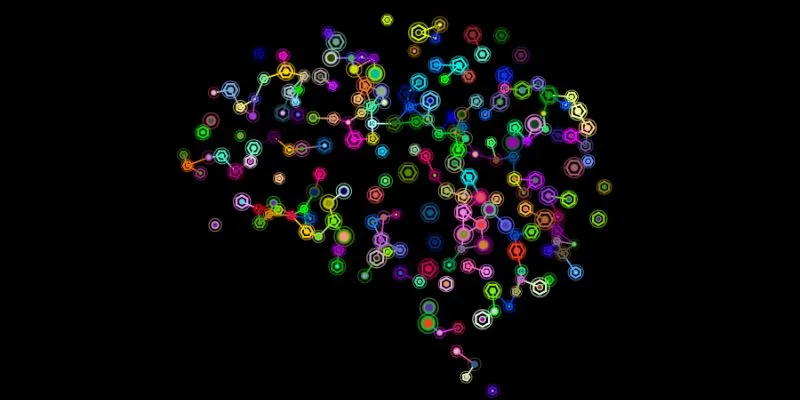
The Future of Creativity: The 9 Best Brainstorming Tools in 2025
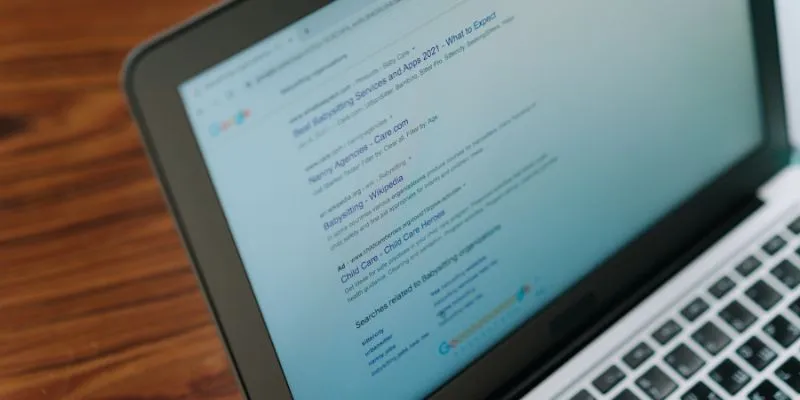
What Are the Best Google Docs Features to Improve Your Workflow and Save Time?

8 Best To-Do List Apps for Mac in 2025

Upgrade Your Email Experience: The 7 Best Email Clients for Windows
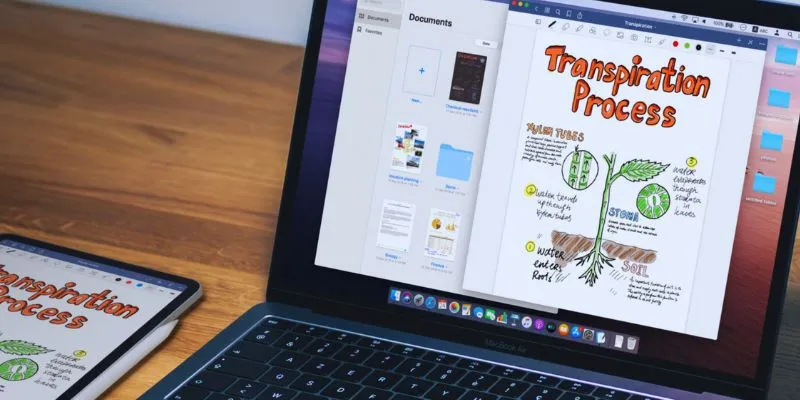
The 5 Best Note-Taking Apps for Mac: Stay Organized and Productive

The 6 Best Construction Management Software Options to Streamline Your Projects

The Best Slack Apps for Your Workspace in 2025: An Ultimate Guide

Upgrade Your Email Experience: The 7 Best Email Clients for Windows
Popular Articles

7 Easy Steps to Use Your Customer List for Creating Custom Audiences on Facebook
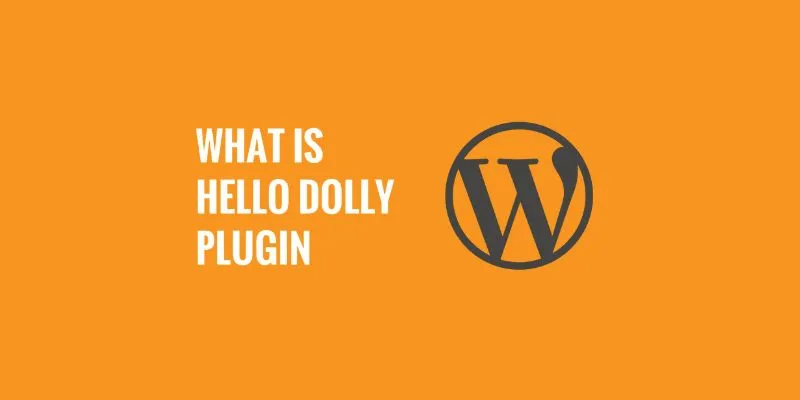
What is the Hello Dolly WordPress Plugin: A Guide for Beginners
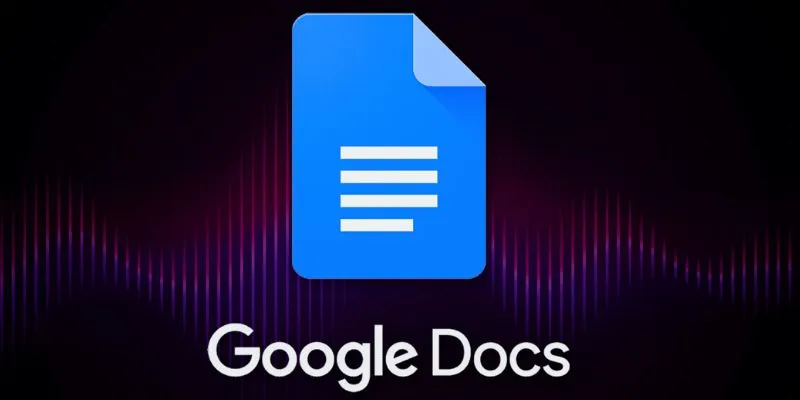
Boost Your Productivity: The 10 Best Google Docs Add-Ons You Need
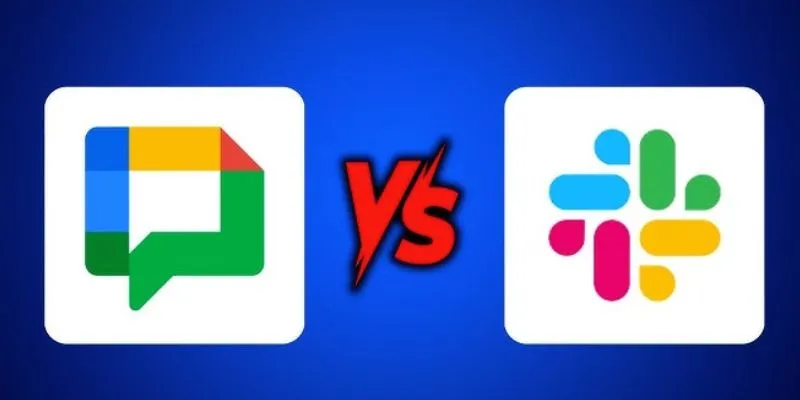
Google Chat vs. Slack: Which Collaboration Tool Suits Your Business Best

Plan Your Summer Adventures: Use These Apps for Camping, Hiking, and More

Top 8 OnePageCRM Sales Strategies to Close More Deals in 2025
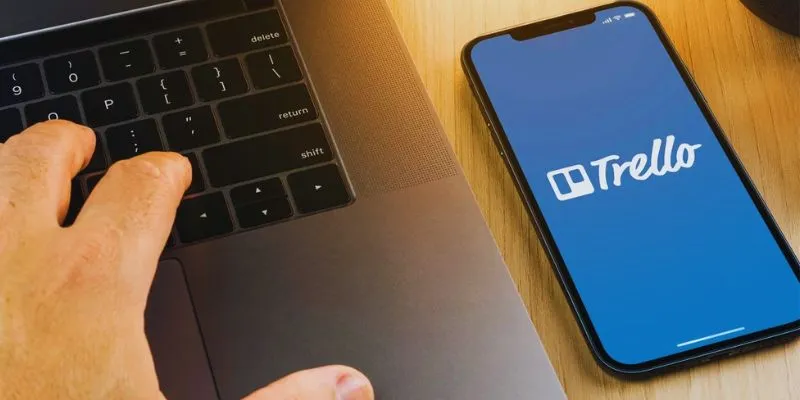
Step-by-Step Guide: How to Delete a Board in Trello and Explore Alternatives

Quick and Simple Ways to Create GIFs from MOV Videos

Mastering SlideDeck: A Complete Guide to Building Sliders in WordPress
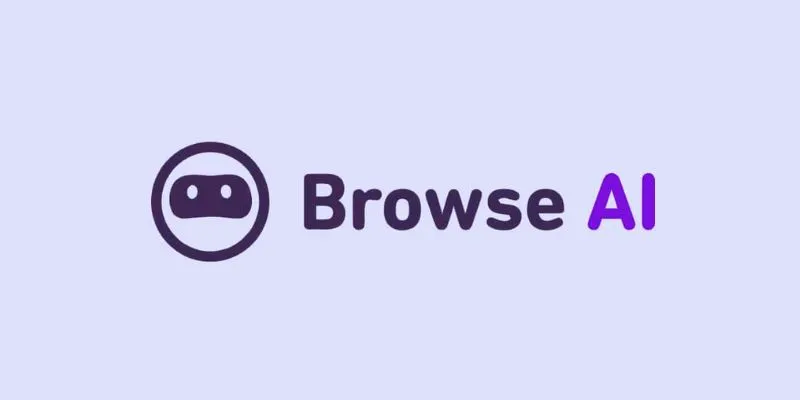
How to Use Browse AI to Scrape Data from Any Website: A Step-by-Step Guide

Step-by-Step Guide to Recording TeamViewer Meetings
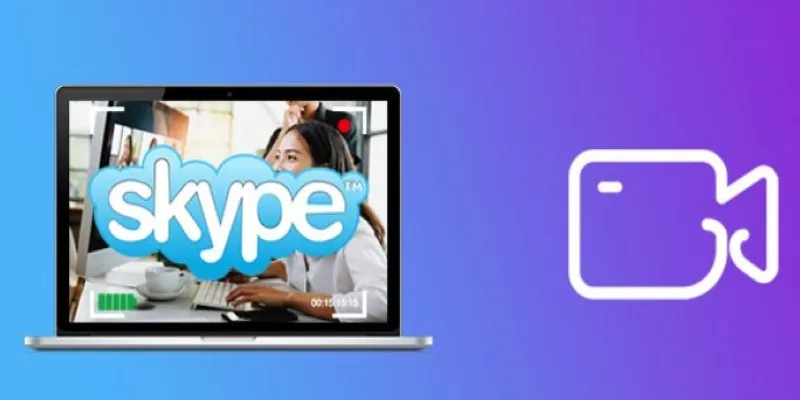
 mww2
mww2